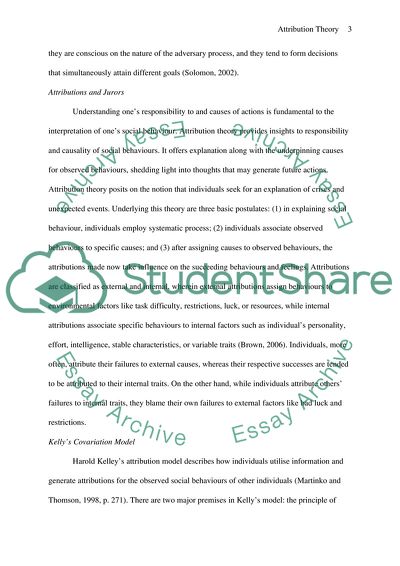Cite this document
(Jurors Decision Making Assignment Example | Topics and Well Written Essays - 2500 words - 2, n.d.)
Jurors Decision Making Assignment Example | Topics and Well Written Essays - 2500 words - 2. Retrieved from https://studentshare.org/social-science/1731686-social-psychology
Jurors Decision Making Assignment Example | Topics and Well Written Essays - 2500 words - 2. Retrieved from https://studentshare.org/social-science/1731686-social-psychology
(Jurors Decision Making Assignment Example | Topics and Well Written Essays - 2500 Words - 2)
Jurors Decision Making Assignment Example | Topics and Well Written Essays - 2500 Words - 2. https://studentshare.org/social-science/1731686-social-psychology.
Jurors Decision Making Assignment Example | Topics and Well Written Essays - 2500 Words - 2. https://studentshare.org/social-science/1731686-social-psychology.
“Jurors Decision Making Assignment Example | Topics and Well Written Essays - 2500 Words - 2”, n.d. https://studentshare.org/social-science/1731686-social-psychology.


